Manufacturing facilities, with their intricate machinery and processes, have a pressing need for proactive safety measures. One crucial step in this direction is conducting regular risk assessments. An effective risk assessment not only upholds OSHA guidelines but also ensures that every individual’s safety is not compromised. Here’s the info from the experts at STC:
Understanding the Importance of Risk Assessments
Risk assessments form the foundation for creating safer workplaces. By identifying potential hazards and analyzing the likelihood of their occurrence, organizations can implement measures that align with OSHA’s guidelines. This proactive approach preserves human life, ensuring that every worker goes home safely at the end of the day. STC firmly believes that understanding risks is the first step towards managing them.
Steps for Risk Assessment in a Manufacturing Facility
Safety Training & Compliance recommends a systematic approach for risk assessments in manufacturing facilities:
- Identify the Hazards: Begin by observing processes, reviewing equipment manuals, and engaging with workers to pinpoint potential threats.
- Determine the Risk: Analyze the severity and likelihood of each hazard. Consider factors like frequency of exposure and existing preventive measures.
- Implement Control Measures: Prioritize risks and apply controls. This could be in the form of protective equipment, training, or changes to operations.
- Review and Monitor: Safety is an ongoing effort. Regularly revisit the risk assessment, updating it for new machinery, processes, or changes in the environment.
The Role of Continuous Training in Mitigating Risks
While risk assessments are pivotal, the importance of continuous training cannot be overstated. By educating employees on potential hazards and safety measures, you empower them to be proactive guardians of their own safety. Safety Training & Compliance stresses that knowledge, combined with practical implementation, forms the bedrock of a secure manufacturing environment.
In conclusion, risk assessments are an indispensable tool for manufacturing facilities, focusing on preserving human life and adhering to OSHA guidelines. It’s an iterative process requiring vigilance, commitment, and continuous learning. Want to learn more about conducting effective risk assessments? Check out our blog today!
Photo Sourced from STC

